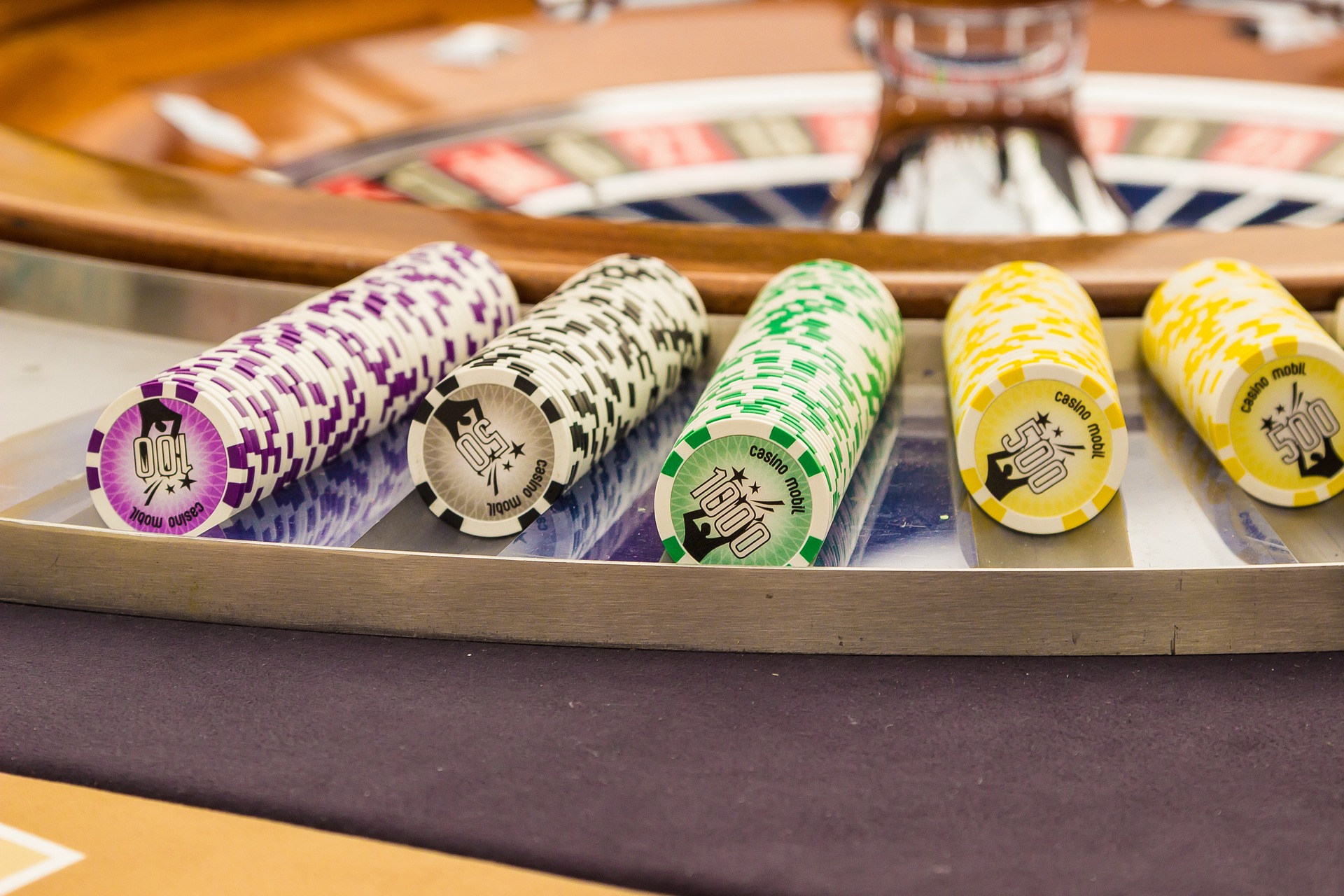
D’Alembert strategy
On October 20, 2022 by Katherine LittleD’Alembert is a simple but very popular roulette strategy that can easily be used at the roulette tables. It’s a perfect choice for those who want to have an entertaining roulette experience, but aren’t focused so much on the big wins. You could say that it is a less risky version of the Martingale strategy. They have a lot in common, but also have some significant differences. In the following article we will take a look at their differences, find out where D’Alembert originated, how the strategy is used, and what the pros and cons of the strategy are.
Background to D’Alembert
The D’Alembert strategy was created by the French mathematician and physicist Jean Le Rond D’Alembert. He based his strategy on Martingales, and actually the intention was to neutralise the negative aspects of the Martingale strategy.
Jean Le Rond lived in the 18th century and had the theory that an outcome with a 50% chance would always end up evenly distributed in the end. He believed that the chance of outcome A would increase if outcome B had occurred many times in a row. As an example, he gave a red number that came out many times on a roulette wheel, where the chance of black would then increase so that they would even themselves out in the end. Thus it would end up that both black and red had occurred equally many times.
However, we now know that this is not correct and that the chance of a particular outcome in roulette is always the same, no matter how many times another outcome has occurred.
How D’Alembert works

The D’Alembert strategy is easy to use in roulette, and can be applied to a range of bets that return double the stake. These include red/black or even/odd numbers, which appear in all versions of roulette.
When playing with the D’Alembert method, you will first need to decide on a primary bet you would like to play with. For each loss, you then increase this bet by one unit, whereas for each win, you decrease it by one unit. The exception to this rule occurs if your bet is a win only and your stake is equal to your primary stake. In this case, you will not be able to decrease the bet, and it must therefore be the primary bet again. A unit is equal to the primary bet, which means that you always increase or decrease the bet based on what your primary bet is.
For example, if you choose a primary bet of 10 crowns, place a bet on red and lose, you must then increase the bet by one unit. This is equivalent to 10 crowns, and your next bet will therefore be 20 crowns. If you lose again, you need to increase your bet by another 10 crowns, so your total bet is 30 crowns. If you now win with your bet of 30 crowns, you have to decrease the bet by one unit (10 crowns), so that your next bet is 20 crowns.
D’Alembert’s idea is that you will reach a point where you have as many winning rounds as losing rounds, and you will then have a total profit equal to your starting bet multiplied by the number of winning rounds.
As you can see in the table above, after four losing and four winning rounds, our initial bet of 10 crowns has resulted in a total profit of 40 crowns. This corresponds to four winning rounds multiplied by the primary bet.
Advantages and disadvantages

D’Alembert is a very simple strategy that can make the experience at the roulette table much more exciting and fun. Unfortunately, as with any strategy, there is no guaranteed win. However, if we compare this strategy with Martingale, on which it is based, we can see that the risk of using D’Alembert is much lower. Since the bet is only increased by one unit for a loss, high amounts are rarely reached and it is therefore easy to keep track of losses.
As you can see, you will have to play for 1,280 crowns when using Martingale, whereas the bet will only be 80 crowns with D’Alembert’s strategy. Despite the obvious advantage that the stakes never increase to any extreme with D’Alembert, it can also be seen as a disadvantage, as it also makes it difficult to make a real profit. However, it is relatively easy to win back some of the losses at D’Alembert, making it easier to enjoy the roulette experience for longer. It is therefore a great advantage if you like the conviviality of the game, such as when playing Live Casino, where you want to sit and enjoy the entertainment for as long as possible.
Conclusion
D’Alembert is a strategy based on Martingale, which unlike Martingale offers a very low risk. Since the stakes are always increased by only one unit, there is no risk of the stakes escalating, which means you will always be in control of your game. While this is positive, the downside is that the winnings rarely reach particularly high amounts. Therefore, this strategy is best suited to those who are looking for entertainment, like to play for longer periods of time, and like to follow a structured pattern.
Archives
Calendar
| M | T | W | T | F | S | S |
|---|---|---|---|---|---|---|
| 1 | 2 | 3 | 4 | 5 | 6 | 7 |
| 8 | 9 | 10 | 11 | 12 | 13 | 14 |
| 15 | 16 | 17 | 18 | 19 | 20 | 21 |
| 22 | 23 | 24 | 25 | 26 | 27 | 28 |
| 29 | 30 | 31 | ||||
Leave a Reply